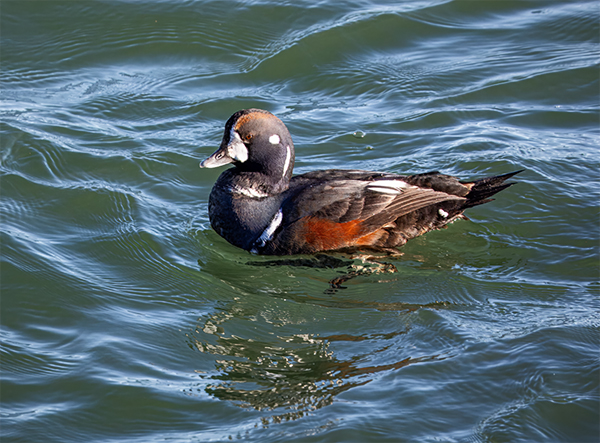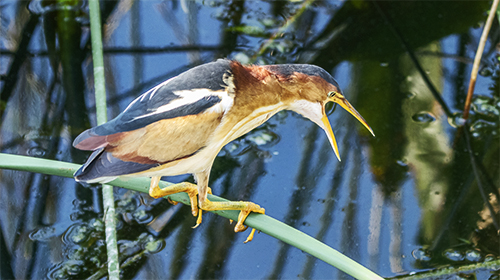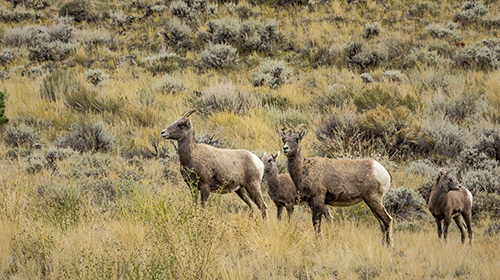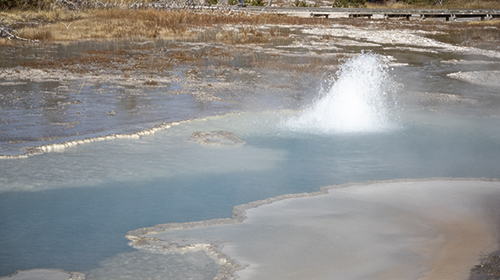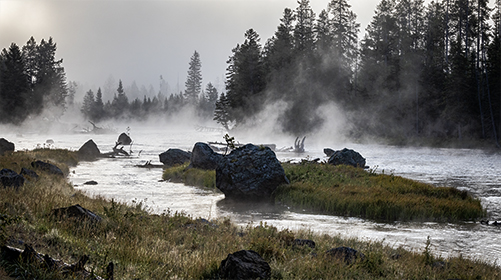Harlequin Duck
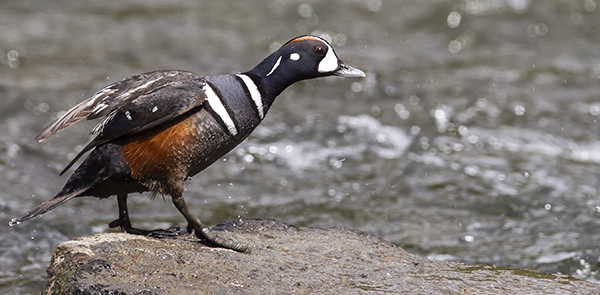
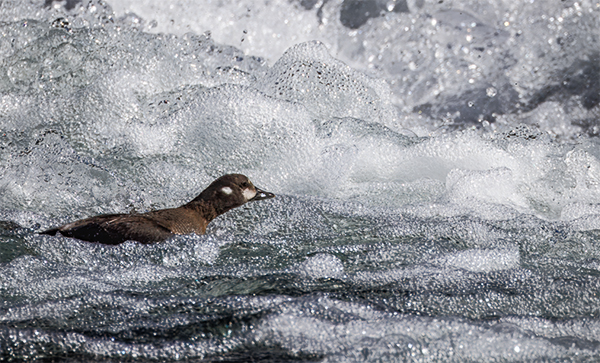
Harlequin Ducks are a sea duck. There is a Pacific and Atlantic population of Harlequin Ducks. Those two populations are treated as racially distinct. But they are practically identical. There are virtually no differences in the females. Where there are minor differences in the drakes. The Pacific Harlequin Duck has a heavier bill and tend to be slightly less rich in overall color. Their pale-chestnut crown stripe does not extend as far forward.
As of 2023, the Pacific population is set at 1 million individuals. Meanwhile, the Atlantic population is said to be 11,000 breeding pairs, per Duck Unlimited statistics.
It's one of the smallest of the sea ducks but extremely hardy. They go from the storm-tossed rocky coast in winter to inland mountainous torrents and swift white-water rapids in the spring and fall. The Harlequin is the only northern waterfowl dependent on cold, turbulent streams characterized by rushing currents and cascades. They skillfully shoot through the turbulence only to fly lower over the water from the quieter water to start again.
They have densely packed feathers that trap considerable air, which insulates their bodies and makes them buoyant. After a dive, the packed feathers let them bob to the surface like corks.
When flying, they will fly over the waterway path instead of cutting cross country.
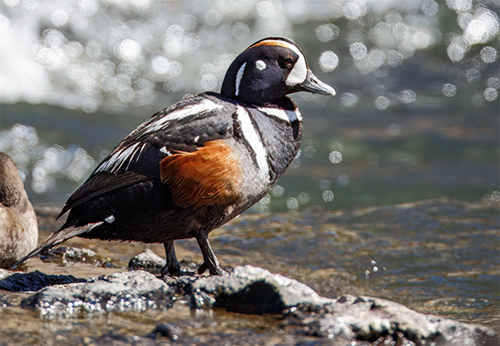
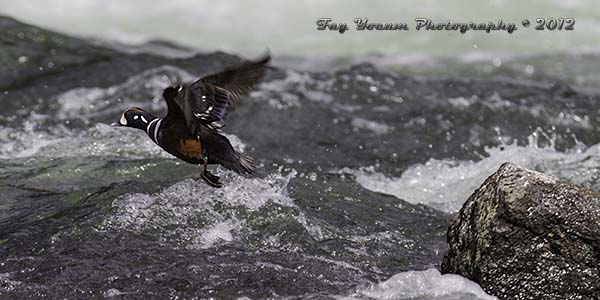
To learn more about what a duck is, check out this page.
